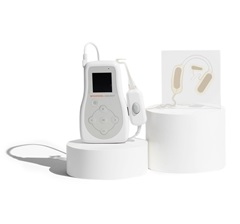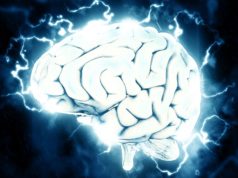
The University of Cincinnati’s Center for Addiction Research and Spark Biomedical have jointly announced that they are conducting a clinical trial to help patients with opioid use disorder (OUD) and post-traumatic stress disorder (PTSD) stick with medication treatment while finding the right dose.
The planned multi-year trial—funded by a US$2.1 million National Institute on Drug Abuse grant—will attempt to address the “critical challenge” that is the high dropout rate of roughly 50% for patients taking buprenorphine, a medication for maintenance treatment of opioid dependence.
“Opioid withdrawal brings symptoms like anxiety and sweating, while PTSD adds layers of hypervigilance, sleep problems, and exaggerated reactivity,” said principal investigator Joel Sprunger (University of Cincinnati College of Medicine, Cincinnati, USA). “These overlapping issues significantly complicate the treatment process.”
The trial will utilise Spark Biomedical’s Sparrow Ascent technology—a patient-administered wearable device that delivers mild electrical stimulation to the cranial branches of the vagus and trigeminal nerves on and around the ear. This method, known as transcutaneous auricular neurostimulation (tAN), is US Food and Drug Administration (FDA)-cleared for relieving opioid withdrawal symptoms and may also aid in alleviating PTSD symptoms.
This pilot clinical trial will evaluate the feasibility, safety and effectiveness of tAN in 20 patients with co-occurring OUD and PTSD who are beginning buprenorphine therapy as part of their treatment at the Gibson Center for Behavioral Change in Cape Girardeau, USA. Participants will be randomly assigned to receive either active tAN therapy using Sparrow Ascent or active sham stimulation at a level that will not activate the targeted nerves.
The trial’s primary goal is to increase buprenorphine retention rates over a three-month period. It will also seek to learn how patients perceive and react to the use of Sparrow Ascent as part of their treatment of OUD and PTSD, alongside standard buprenorphine therapy.
“Autonomic imbalance is a common occurrence in PTSD, which is characterised by experiencing high sympathetic drive (fight or flight) and low parasympathetic drive (rest and digest),” said Navid Khodaparast, chief science officer at Spark Biomedical. “Additionally, PTSD sufferers experience lower levels of endorphin production, which can lead to emotional distress. In this study, we believe tAN therapy will improve these PTSD symptoms, and ultimately help maintain long-term buprenorphine treatment.”
In addition to its effects on physical symptoms, Sparrow Ascent is a tool that gives patients direct control over a part of their recovery, according to Sprunger.










